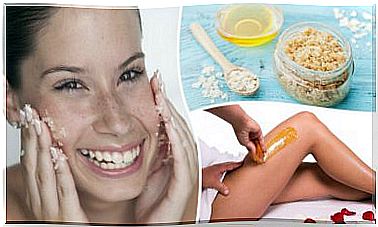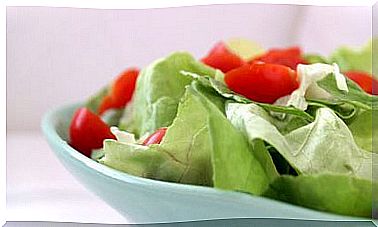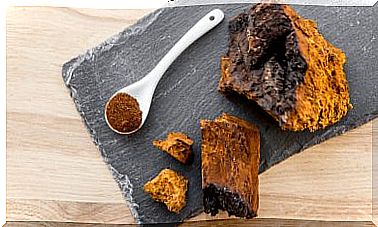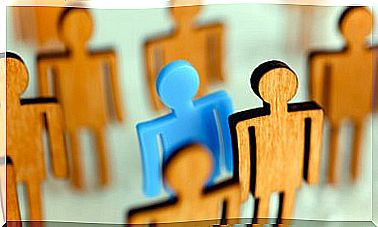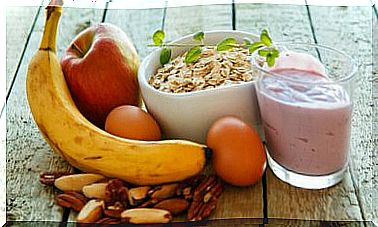Exercises To Improve Blood Circulation
Performing exercises to improve blood circulation is an activity that is recommended, from a medical point of view, to all people with varicose veins, for example. But the benefits don’t stop there, as other people can take advantage of the effects, too.
In the same way, as prevention to avoid the development of long-term pathologies, basic positions and movements that activate blood flow can be implemented. Let’s look at this topic in more detail.
The blood circulation
Blood circulates in the human body in two directions. On the one hand, we have the oxygenated arterial blood that leaves the heart and goes to the tissues to nourish them. It is transported by the system of arteries, with vessels that are designed to propel the torrent with a certain force that, from the outside, we measure in blood pressure.
On the other hand, we have the venous circulation, with blood poor in oxygen, which returns from the tissues to the heart. Veins are vessels with a different caliber and without the possibility of propelling the liquid, so they must use other methods to fulfill their mission, among which we have the muscle press and gravity.
Here we will stop to better explain this, since the exercises to improve circulation are based, to a large extent, on the stimulation towards both mechanisms:
- Muscle press: the muscles of the lower limbs, when we walk, contract and relax. The veins that pass through it take advantage of this artificial pump that is generated to carry the blood upwards, since otherwise it would be impossible.
- Gravity: the venous blood of the brain descends towards the heart by gravity, since these vessels are higher than the thorax. The reverse happens with the legs, so that the deficient muscular press complicates the venous return, since there is no way to counteract gravity.

The risks of poor circulation
Poor blood circulation is dangerous in many ways. Perhaps the most obvious risk is the formation of thrombi and emboli within the veins, which can migrate to vital organs.
When blood is stagnant, that is, stopped in one place for little flow for a long time, clotting factors are activated. The body interprets that it is necessary to develop a thrombus, that is, a clot. Platelets, protein substances, and cells stick together and block the flow of blood.
If the thrombus remains in place, symptoms will appear there. There will be inflammation, edema, discoloration in the affected region and cell death of tissues that do not receive nutrition. On the other hand, if the clot breaks off and travels, we are facing an embolus, which can impact sensitive organs, such as the lung or the brain.
Pulmonary embolism is the paradigmatic disease of blood circulation problems. It usually begins with a clot in the lower limbs, over veins that are with little movement. This is what happens after large surgeries that involve prolonged rest, for example.
The clot leaves the lower limbs and travels through the venous system to reach the lung, where it blocks the flow of blood to the alveoli. Lung cells interrupt their nutrition, and the person begins to experience shortness of breath, chest pain, and decreased overall oxygenation. It is a serious pathology that requires immediate hospitalization.
Exercises to improve blood circulation in different poses
So, it is clear that exercising to improve blood circulation is of vital importance. Whether we have varicose veins, are forced to rest for a long time or if we lead a sedentary life, we will always benefit from doing them.
Let’s see some options that, being simple, can be incorporated into the daily routine. We will divide them into those that can be done standing, sitting and lying down.
Standing exercises to improve blood circulation
While standing, we can do tiptoe to activate the muscular press of the calves. These muscles are the ones in the calf and play a key role in pushing venous blood upward. If we cannot walk, repeating the position on our toes several times will be enough.
In the same way, even if we cannot go outside, we could walk inside the home. The important thing is that the twins contract, so moving around is already beneficial.
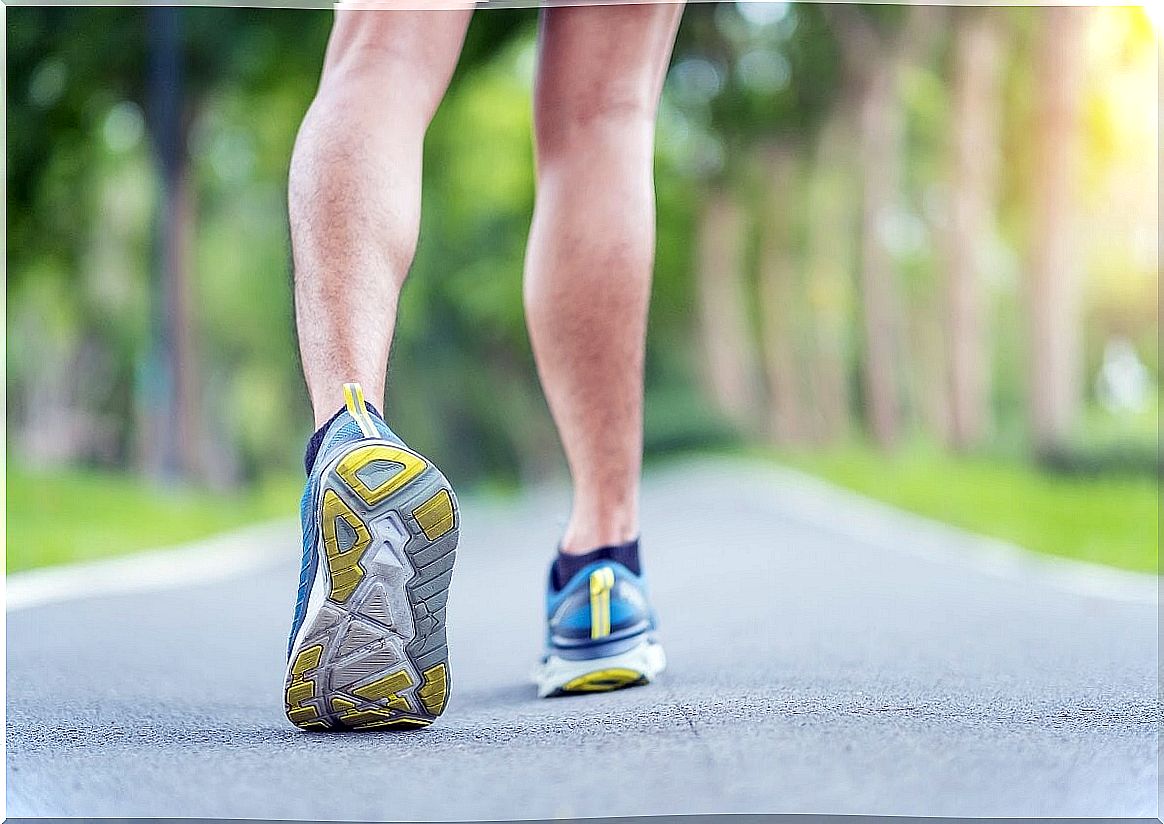
Actions to perform seated
While working on the computer we can apply some lower limb movements that activate the muscles. Spending too long in the same position makes it impossible for venous blood to rise, increasing the risk of thrombosis.
We can do tiptoe from the chair, without getting up. Also move the feet on the surface of the floor, to one side and to the other, or joining toes and heels repeatedly. If we want to use our hands, performing calf massages is another adjunctive exercise.
Exercises for circulation while lying down
If we are lying in bed, for rest or for a rest that we are forced to do, the lower limbs can also be mobilized. Bending the knee repeatedly, with the back against the mattress, activates the muscle press.
We can also use the hands, bringing the knee to the chest and supporting the leg with the upper limbs. That single pressure generates antigravity force that can be repeated with gentle separations and approaches towards the thorax.
There are no excuses not to move
In any position we can perform exercises that improve blood circulation. In reality, there are no excuses to keep still, even doing sedentary office jobs. As we have seen, there are options for sitting and even lying down.
Anyway, in case of varicose veins or a major clotting problem, it is better to consult your doctor. In some cases it will be necessary to use complementary methods to overcome the problem.

